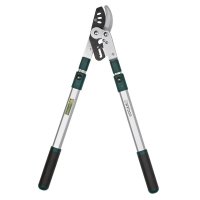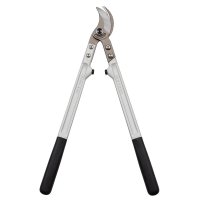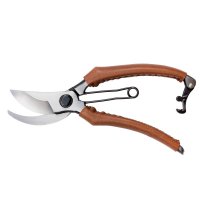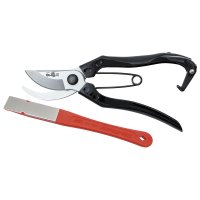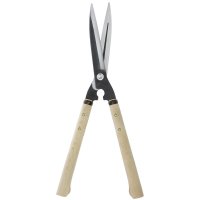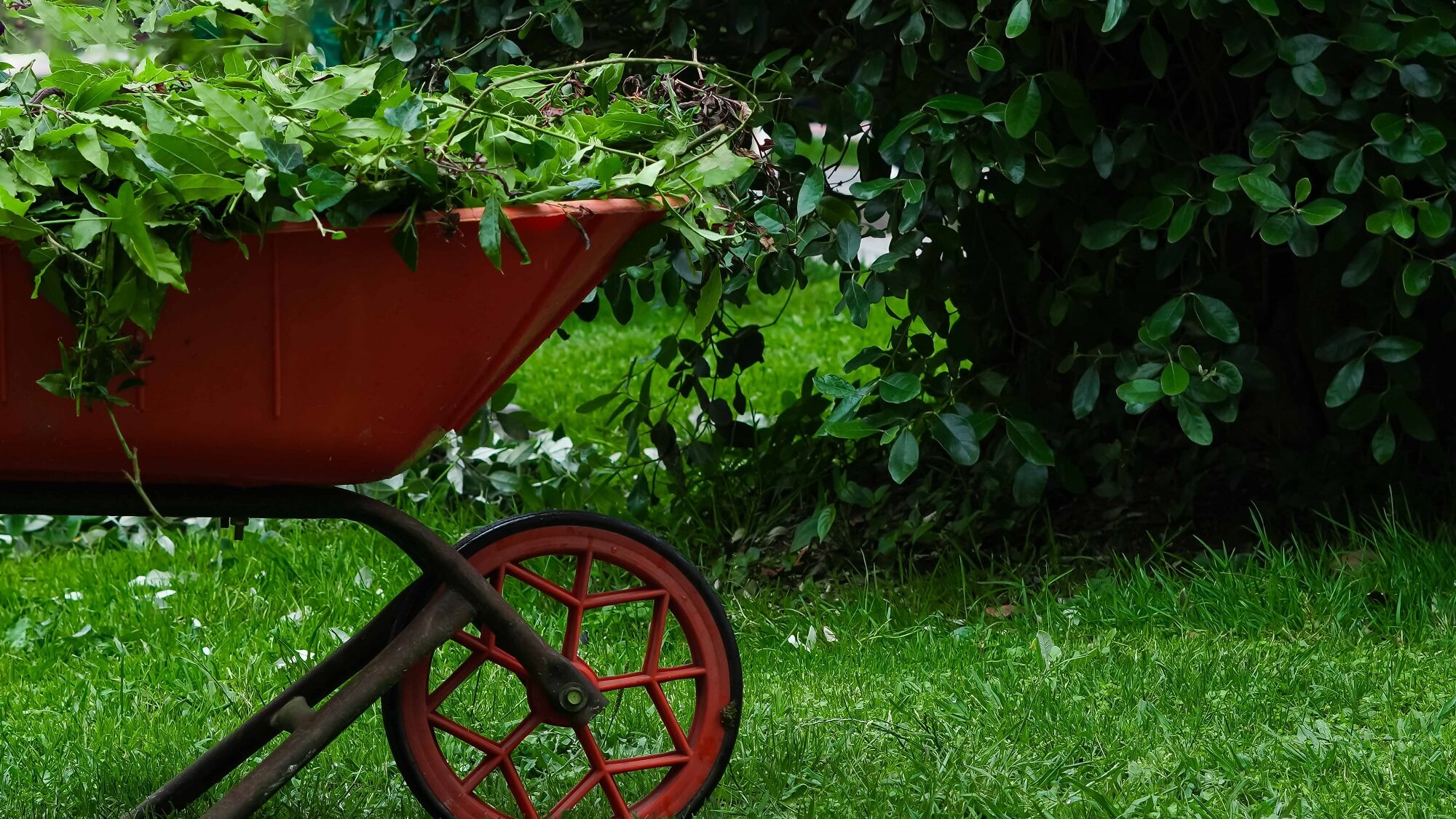
Watering is not just watering. If you don’t want to harm your plants, you must pay attention to certain aspects when watering.
How to Properly Water Potted Plants, Balcony Flowers, and Flowerpots?
Autumn is the perfect time to prepare your garden for the coming cold and promote the healthy growth of perennials, shrubs, and trees through targeted pruning. A good pruning can help plants sprout vigorously in the spring and form a beautiful, dense structure. Here is an overview of the most important autumn pruning care steps and their benefits for growth.
Herb Pruning in Autumn
Many herbs benefit from pruning before winter begins:
- Perennial Herbs
like sage, thyme, and lavender should be carefully pruned to rejuvenate the plant and stimulate growth in the spring. Cut the shoots back without cutting into the old wood, as this can make it difficult for the plant to sprout anew.
- Annual Herbs
like basil and dill can be completely removed after harvest, as they will be reseeded next year.
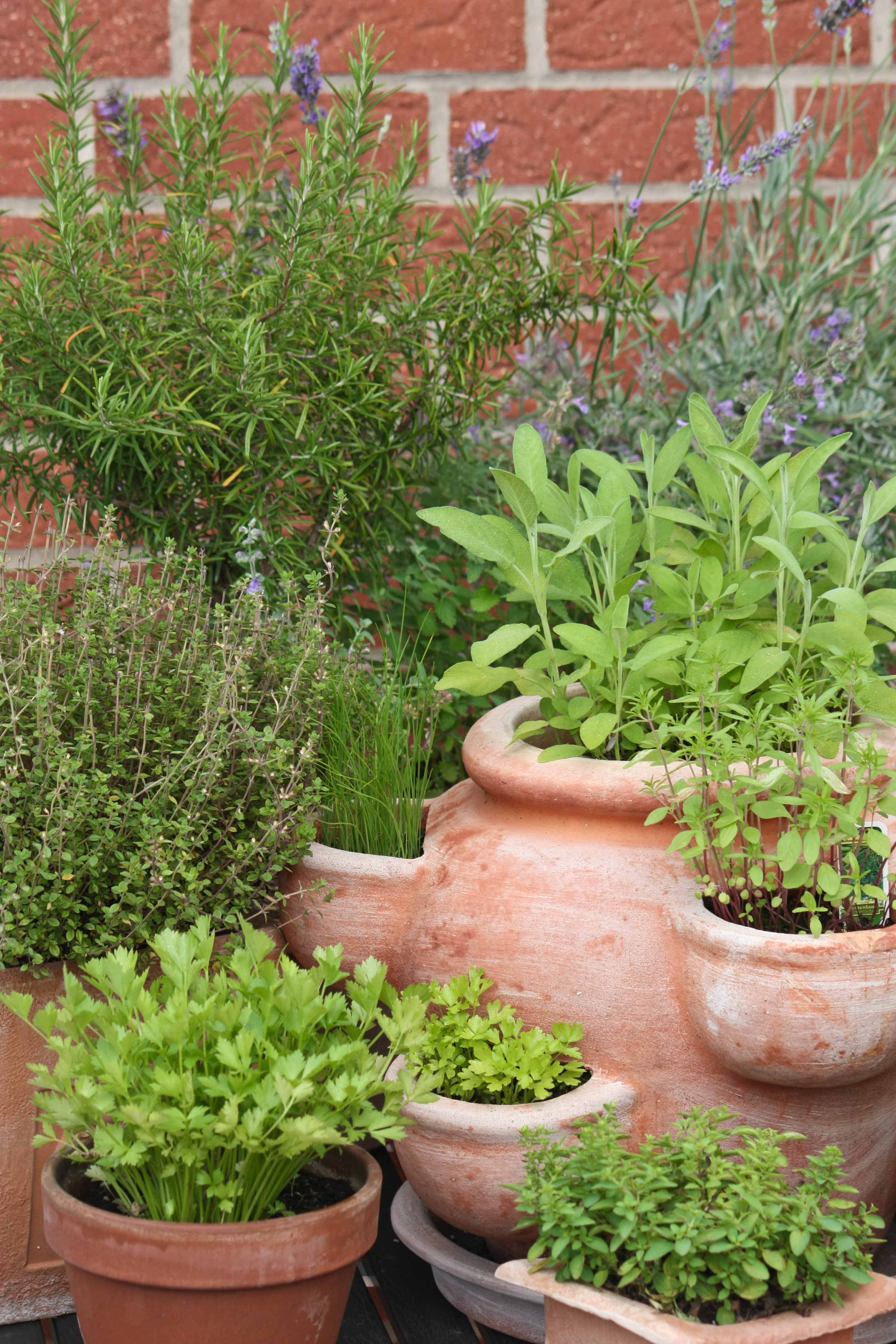
Tip: Herbs that are sensitive to frost, such as rosemary, should be pruned in the spring, as the wounds heal poorly over the winter, making the plant more susceptible to cold.
Shrub Pruning in Autumn
When it comes to shrubs, there is a distinction between ornamental shrubs and berry bushes, as they have different pruning requirements:
- Ornamental Shrubs
like forsythia, lilac, and hydrangeas should be pruned after they bloom to promote the formation of new buds for the next year. In autumn, a light pruning can be done to remove old or diseased branches.
- Berry Bushes
like raspberries, currants, and blackberries benefit from a more vigorous pruning. For autumn raspberries, cut all the shoots close to the ground, as they will bear fruit on new canes next year. For currants, remove about three to four older branches to rejuvenate the plant and increase fruit yield.
Tip: Always cut about 1 cm above an outward-facing bud to support dense and healthy growth.
Tree Pruning in Autumn
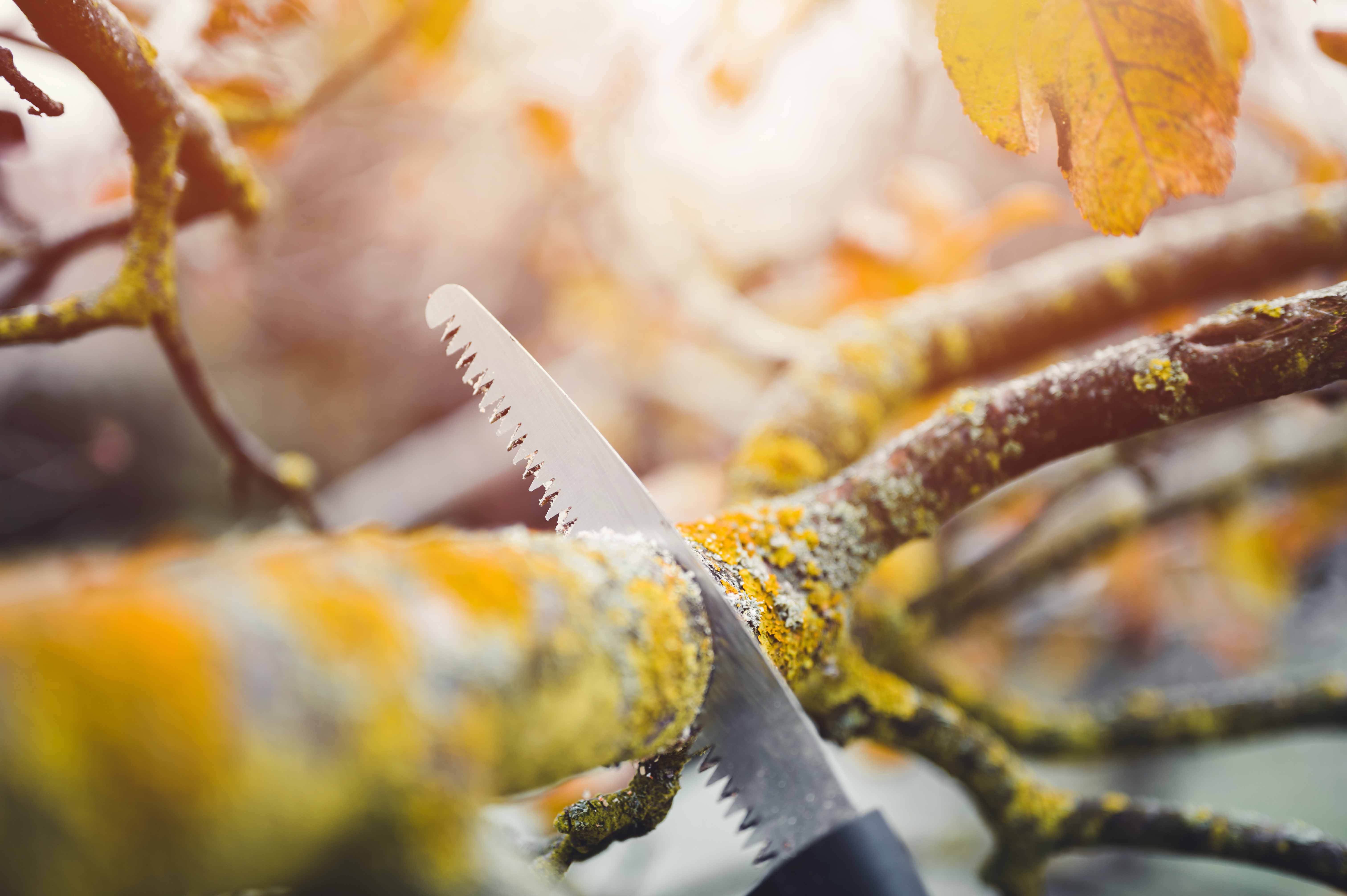
Trees can also benefit from autumn pruning, but not all trees are suitable for autumn pruning, as some species are better pruned in winter or spring:
- Fruit Trees
like apple, pear, and cherry can be pruned in the autumn to remove old, diseased, or broken branches. A targeted cut can open up the crown of the tree, allowing more light to reach the interior and improving yield.
- Ornamental Trees
like maple and birch should be pruned in winter, as they can "bleed" excessively if pruned in autumn while still sap-filled, making it harder for them to heal.
Tip: Avoid leaving large wounds, as they do not heal well in autumn, making the plant more susceptible to frost damage.
General Care Tips for Autumn Pruning
- Keep Tools Sharp
A clean cut is essential to avoid unnecessarily injuring the plant. Make sure your shears and saws are well-sharpened.
- Work Cleanly
Disinfect your tools before and after pruning to prevent the spread of diseases. This is especially important when removing diseased or dead parts.
- Moderate Cutting Depth
Ensure that your cuts are not too deep to avoid damaging the plant, especially during colder months.
A careful autumn pruning significantly contributes to the health and beauty of your garden. By pruning and caring for your plants now, you create optimal conditions for a strong start in the spring. With the right knowledge and tools, you can make your garden flourish and ensure that your herbs, shrubs, and trees remain vital and strong.

